Set 7. Map point 11. Cilmor.
Figs. 7.1 to 7.3 MBB7271
An interesting point here that H. herbacea (map point 18) occurs between this point and all the Die Nekkies populations. I am not sure that the area between can be fully explored although I have been into it.

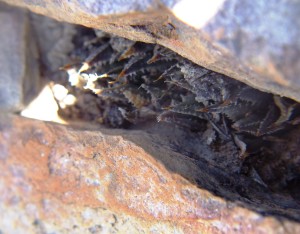
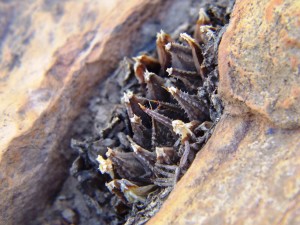
Set 8. Map points 15 and 16. Hammansberg.
Figs. 8.1 to 8.21 MBB7992 H. maculata, Hammansberg.
The first locality 7992 midway between the eastern and western ends of the mountain was very exposed and very sparsely vegetated. The sandstone was very mineralised and fractured. The second locality to the west was well vegetated. In the view northward, the low hill in the near middle is the Draaivlei mountain that is Dwyka Tillite and hosts an abundance of H. herbacea as does the Dwyka strata on the northern side of the Hammansberg. The south side is Witteberg Sandstone with Bokkeveld shale on the lower south-facing slope. The view from the third locality southeastwards, shows massive valleys running into the Table Mountain Sandstone of the Riviersonderend mountains on the right. If one takes in mind that this is a short way east of the Wolfkloof Valley where H. herbacea ‘lupula’ occurs, then this area begs exploration. I do have a recall of H. herbacea in low altitude sandstone either near there or at a similar site at MacGregor to the east. The interesting view is the one looking eastwards that really gives the scale of exploration needed. The furthest mountains are the Langeberg Table Mountain Sandstsones and Buitenstekloof is nested in foothills there and in intrusive igneous rock. The coming closer is the Rooiberg, then Gemsbokberg, then Gannaberg, then Ouhangsberg and Hammansberg itself. Rooiberg is fairly well explored although the significance of H. herabcea ‘flaccida’ is not explained. I doubt if a anything new will crop up on the Hammansberg. But the intervening three definitely hold key populations marginal to these covered in this posting. The Langeberg? I only have the set 12 unknowns and cannot see myself resolving those.
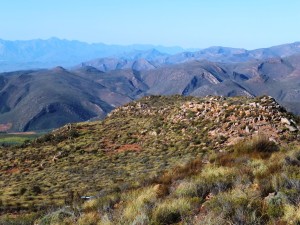
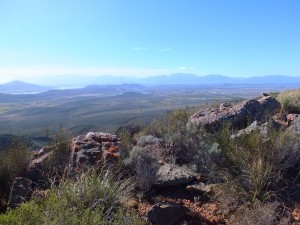
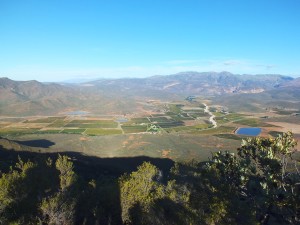
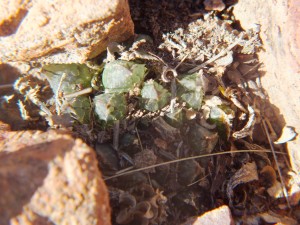
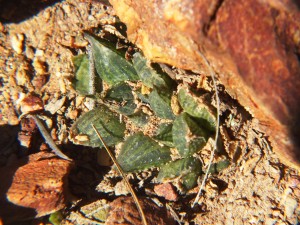
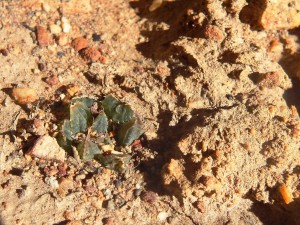
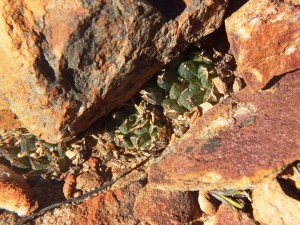
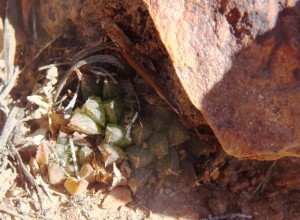
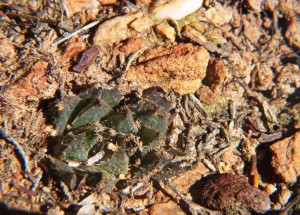
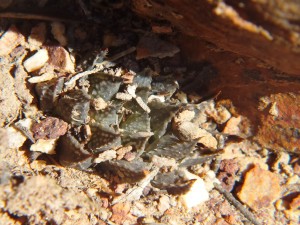

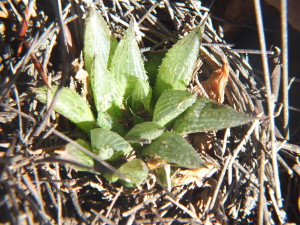
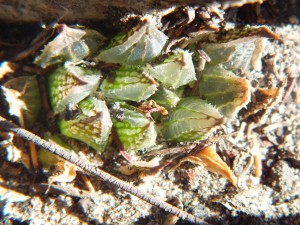

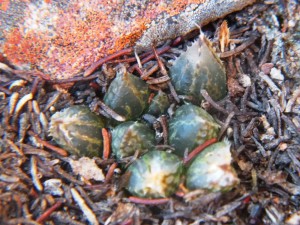
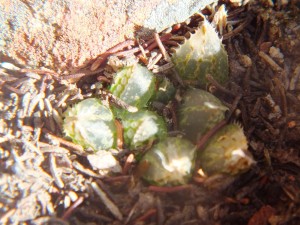


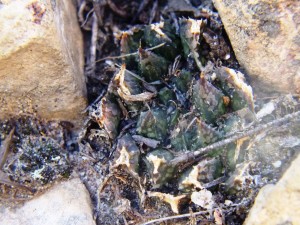


Set 9. Map point 17. H. pubescens. Sandberg.
Figs. 9.1 to 9.20 MBB7997 H. pubescens, Dewetsberg.
I long ago observed H. pubescens southwest of Sandberg and south of the Breede River on the Dewetsberg. This is not much further than 500m north of a population of H. maculata at Cilmor Cellar. Visiting the site again I observe that the plants are slightly different to the Sandberg plants. While they are equally small, cryptic and dark coloured, they have less surface spinuliferation that gives rise to the species name. Also some plants are distinctly spotted in the way that H. maculata are and these spots may give way to translucens when the plants grow in less light. See the images showing leaf surface detail of H. pubescens compared to the two collections of the Brickfields plants (images 21-27) of H. herbacea in Set 10, map point 18.
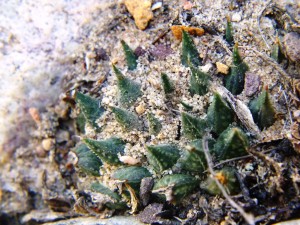
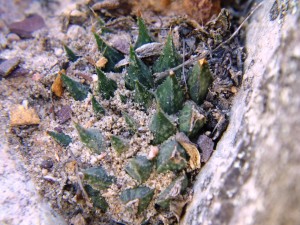
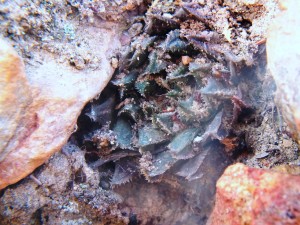

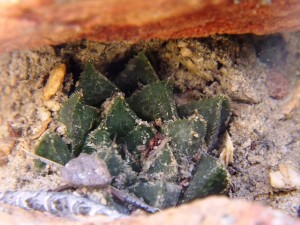
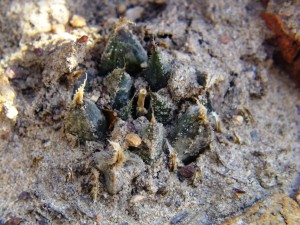
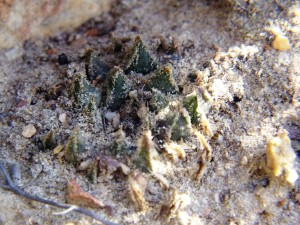
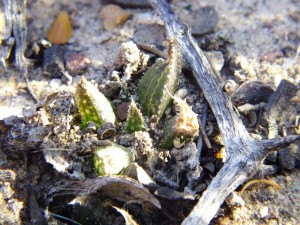
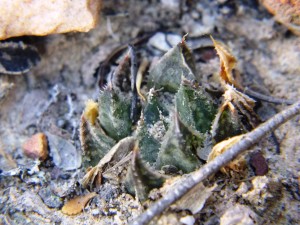
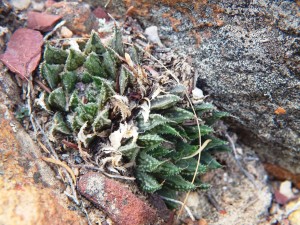
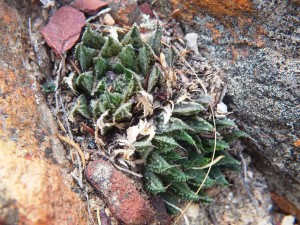
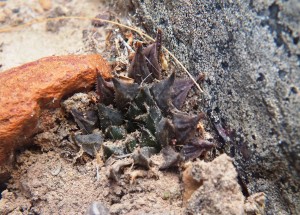
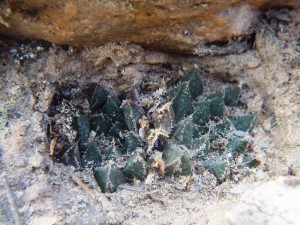
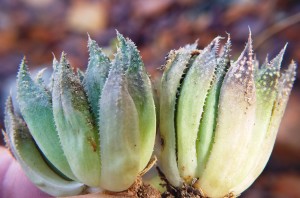
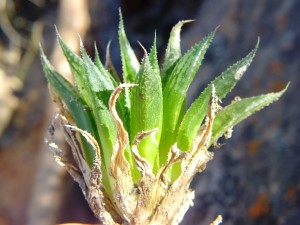
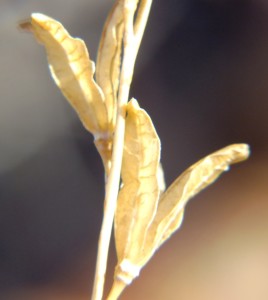
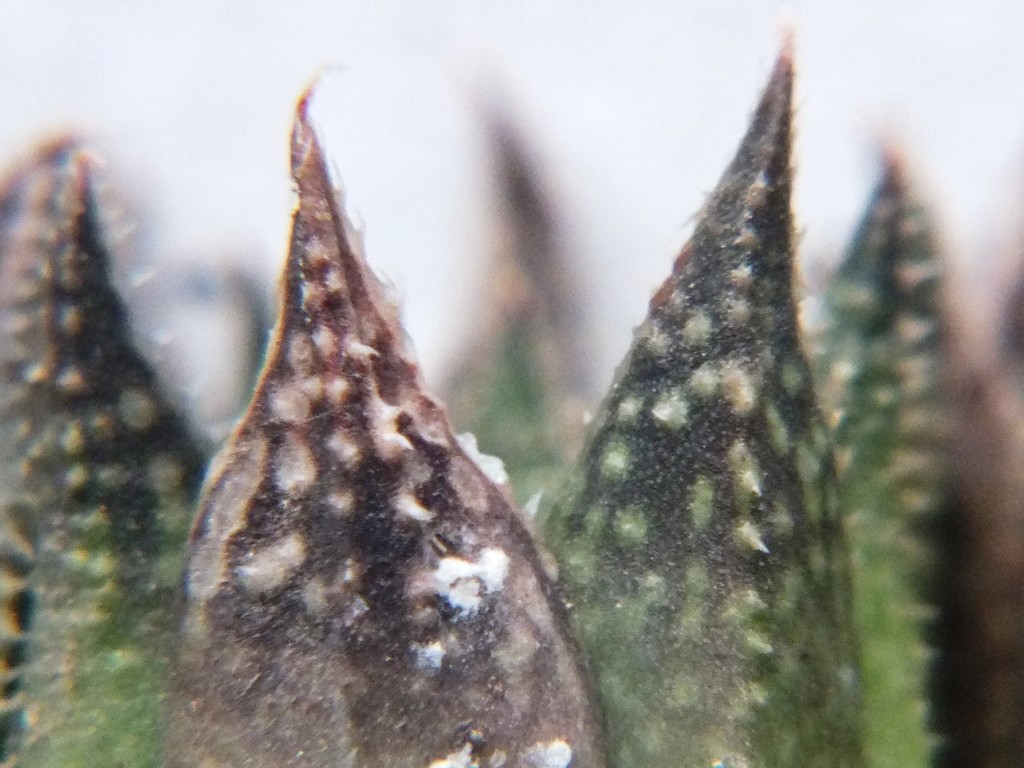
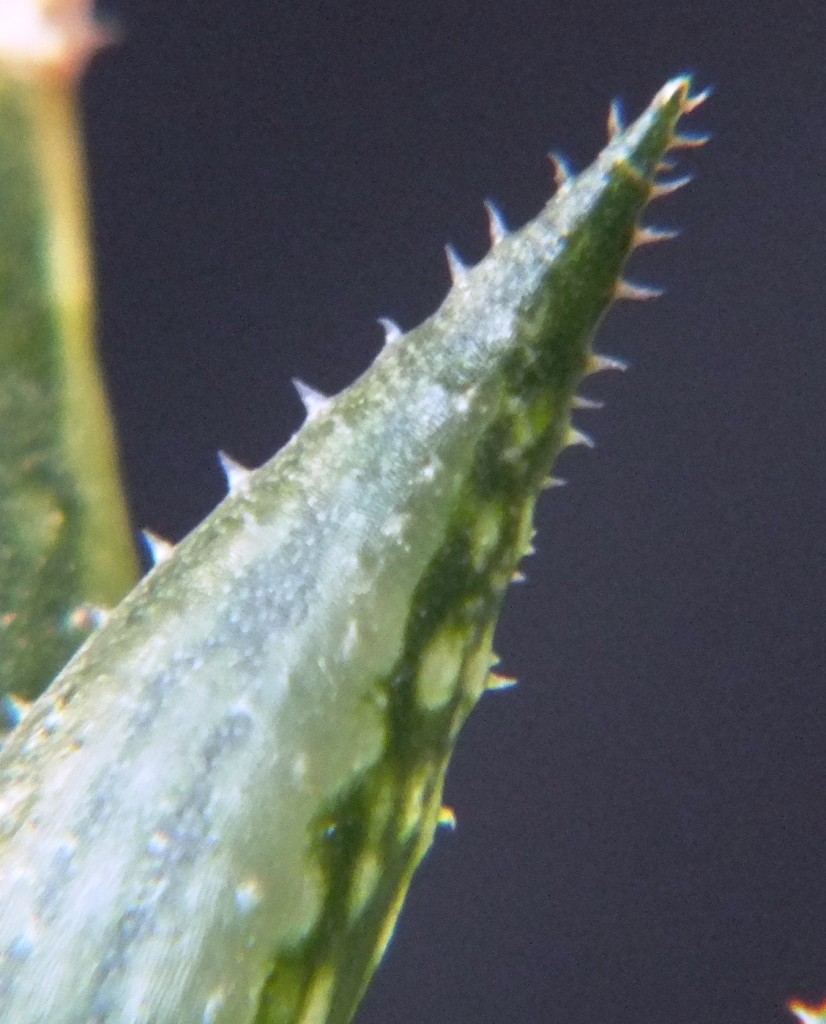

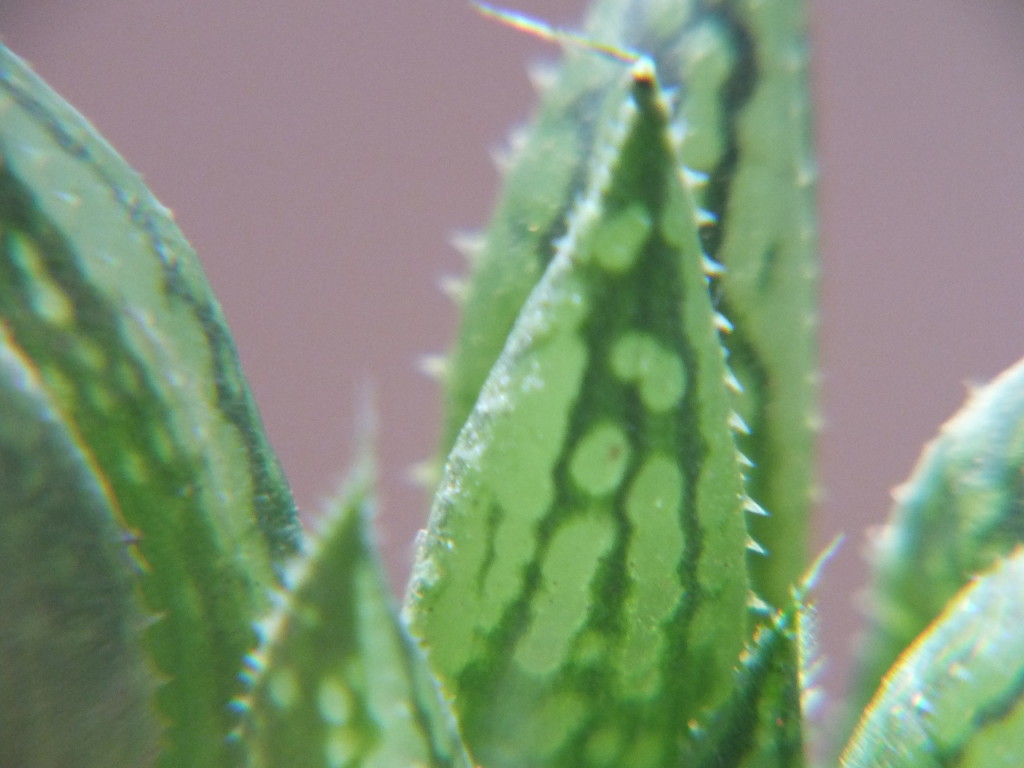
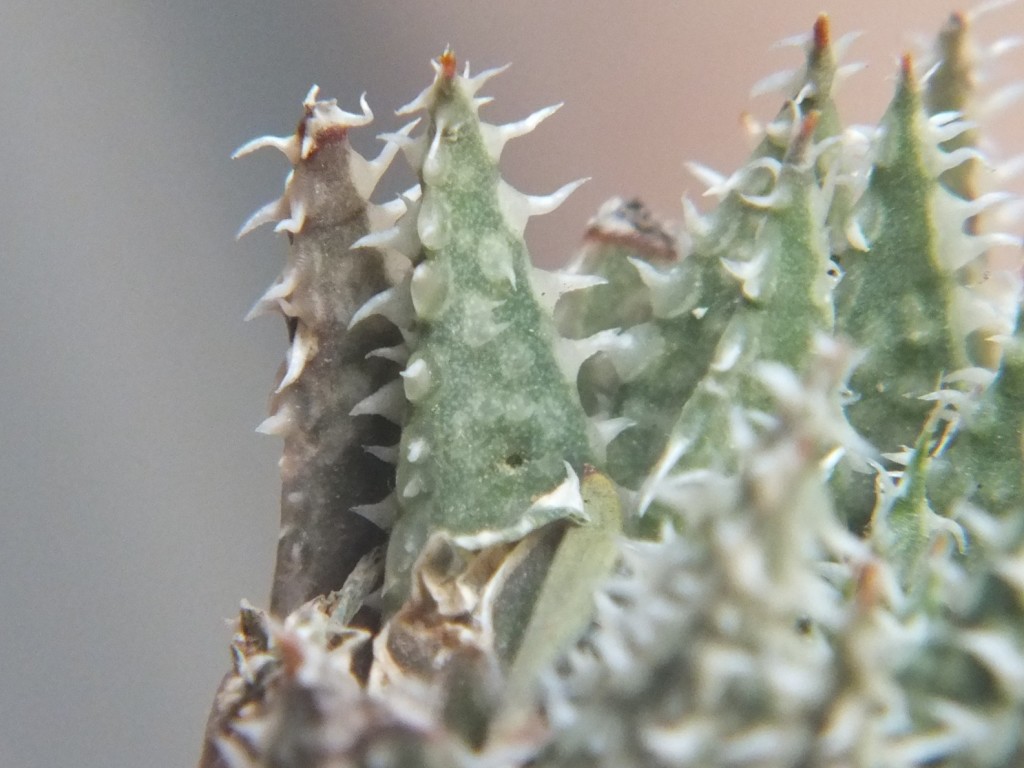
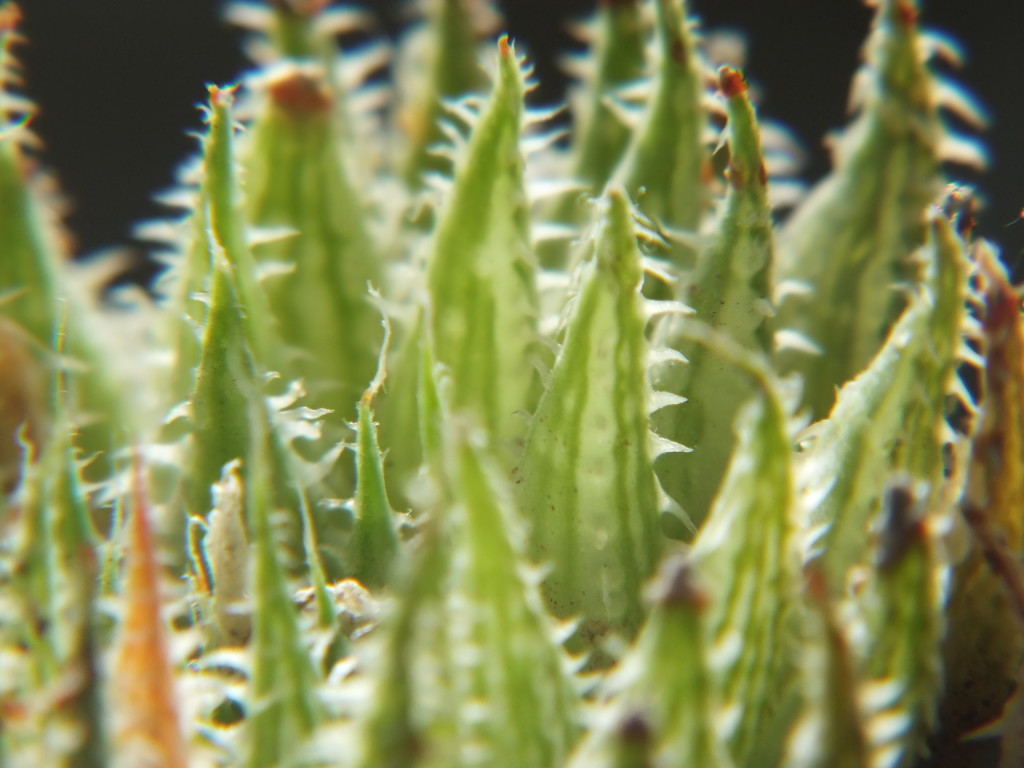

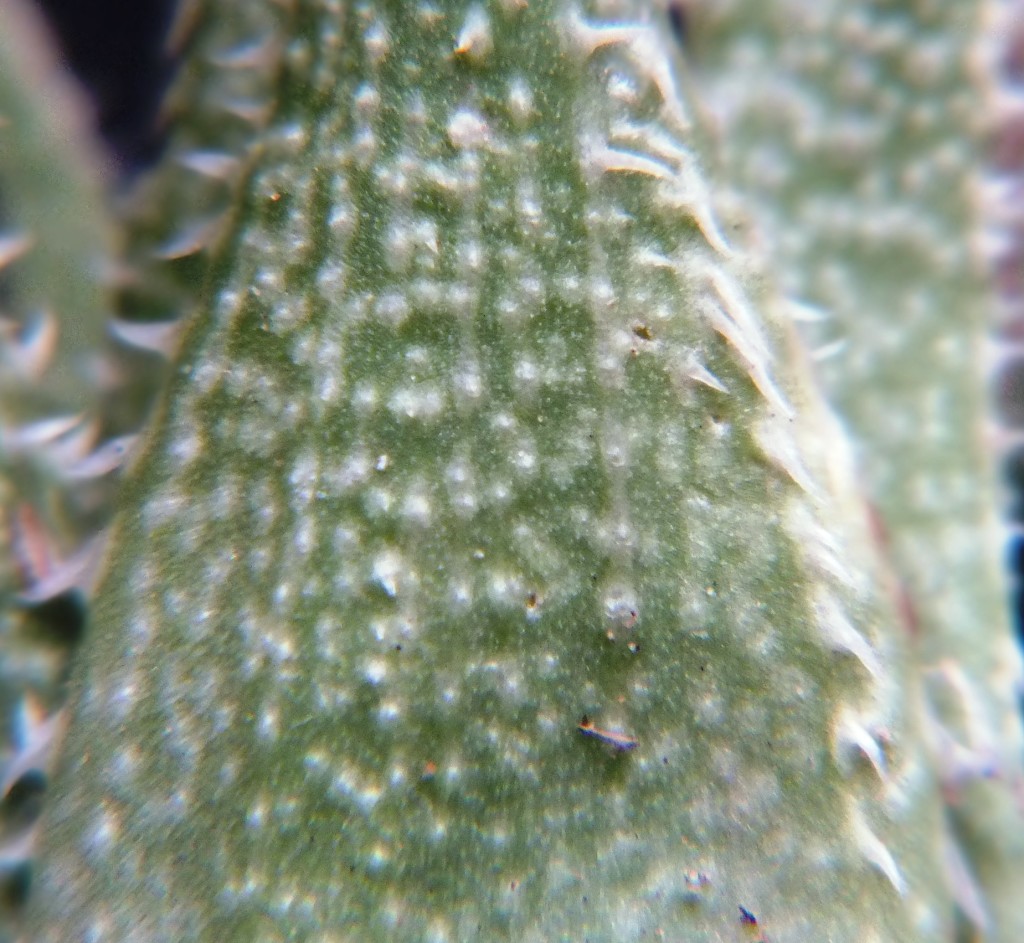


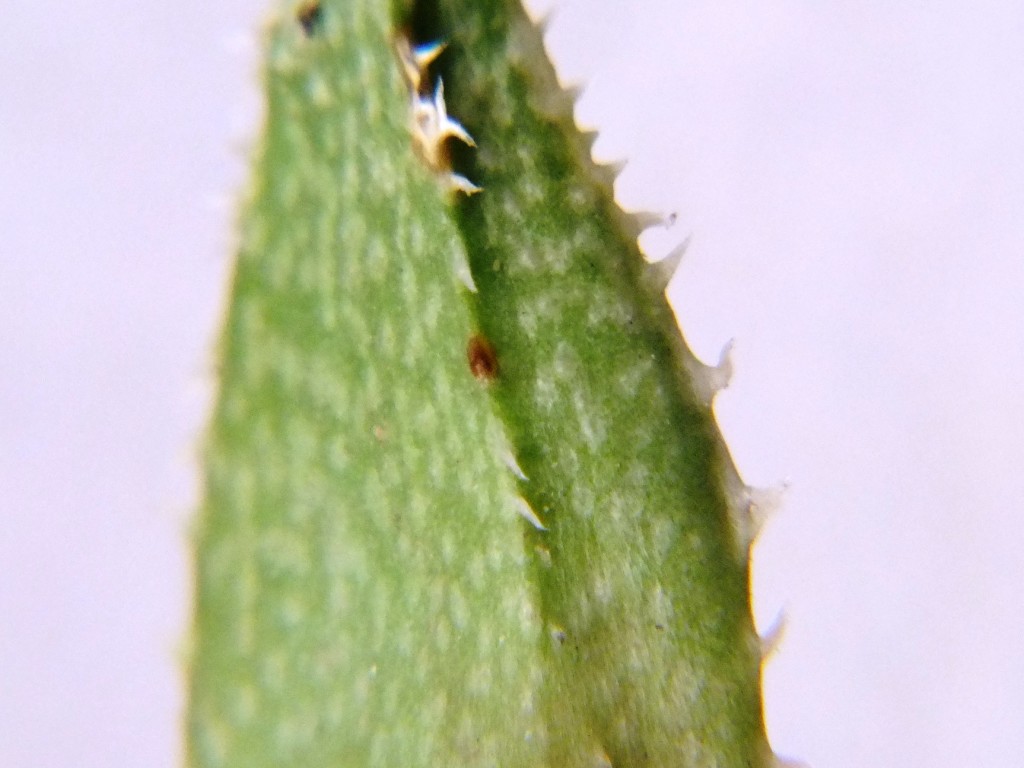
♦
